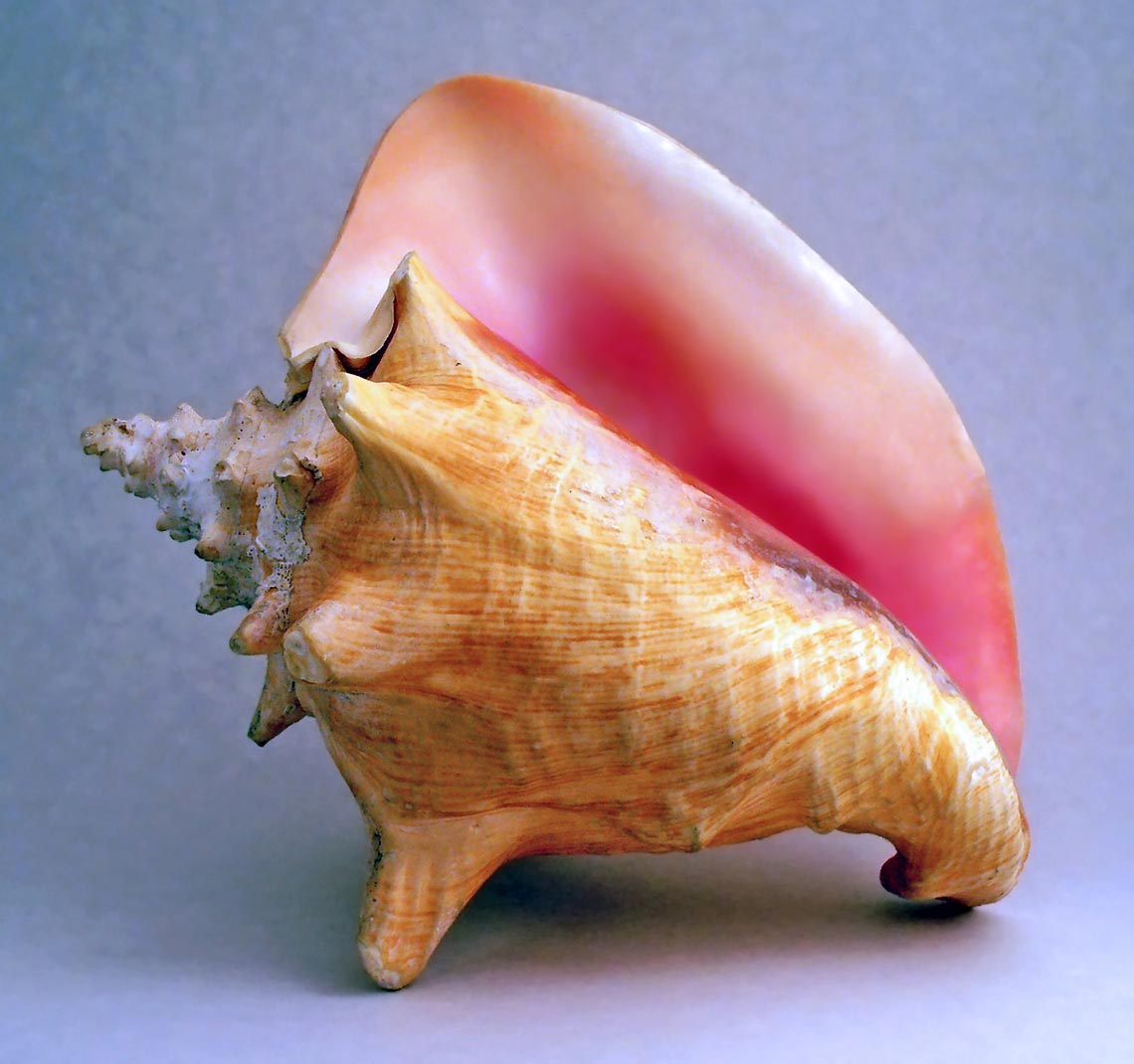In Hindu art, the Shankha (Conch Shell) is displayed in association with Vishnu – one of the most important Gods in Hinduism – the Preserver and Guardian of men. It is an emblem of power, authority, and sovereignty whose strong blare is believed to banish evil spirits, avert natural disasters, and ward off poisonous creatures. In Hindu scripture, the Shankha is coveted and revered as the giver of fame, longevity, and prosperity and is also the cleanser of sin.
Buddhism identifies the conch shell as one of the eight auspicious symbols known as the Ashtamangala. Each of these eight symbols represents a part of Buddha’s physical form, with the conch representing Buddha’s melodious voice. In today’s Tibetan Buddhist practice, the conch serves to sound for the gathering of religious assembly, and as a musical instrument and container for holy water during the ritual.

Symbols Menu:
» Amulet
» Ajna
» Arsenic
» Merkaba
» Hung
» Yin Yang
» bindi
» IK Onkar
» Khanda
» Halo
» jiahu
» Tau
» Uraeus
» Menorah
» Quincunx
» Tilaka
» Taijitu
» Vajra
» Chai
» Chi Rho
» Bagua
» Dragon
» Hunab Ku
» Caduceus
» Infinity
» Ichthus
» Hedjet
» Lauburu
» Om
» Ankh
» Chalice
» Pentacle
» Maat
» Ogham
» Mandala
» Kartika
» Khamsa
» Heart
» Labrys
» Sun Face
» Raven
» Triskele
» Scarab
» Dove
» Hanukia
» Anubis
» Trishula
» Durga
» Mezuzah
» Bay Tree
» Geruda
» Kinnara
» Quito
» Condor
» Blue Jay
» Falcon
» Makara
» Rosary
» Uluru
» Apsaras
» Hanuman
» Serpent
» Minotaur
» Mercury
» Apex
» Vestra
» Yoni
» Astarte
» dakini
» Calabash
» Mandrake
» Rebis
» Typhon
» Vegvísir
